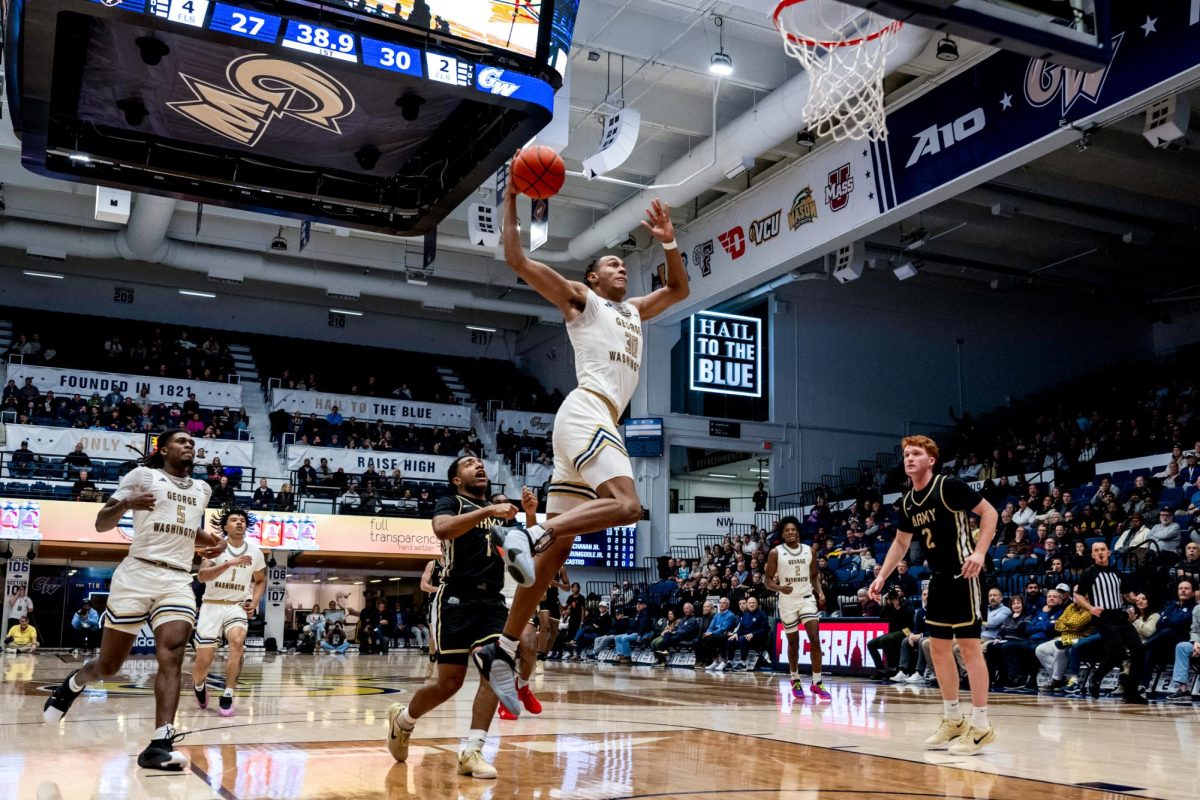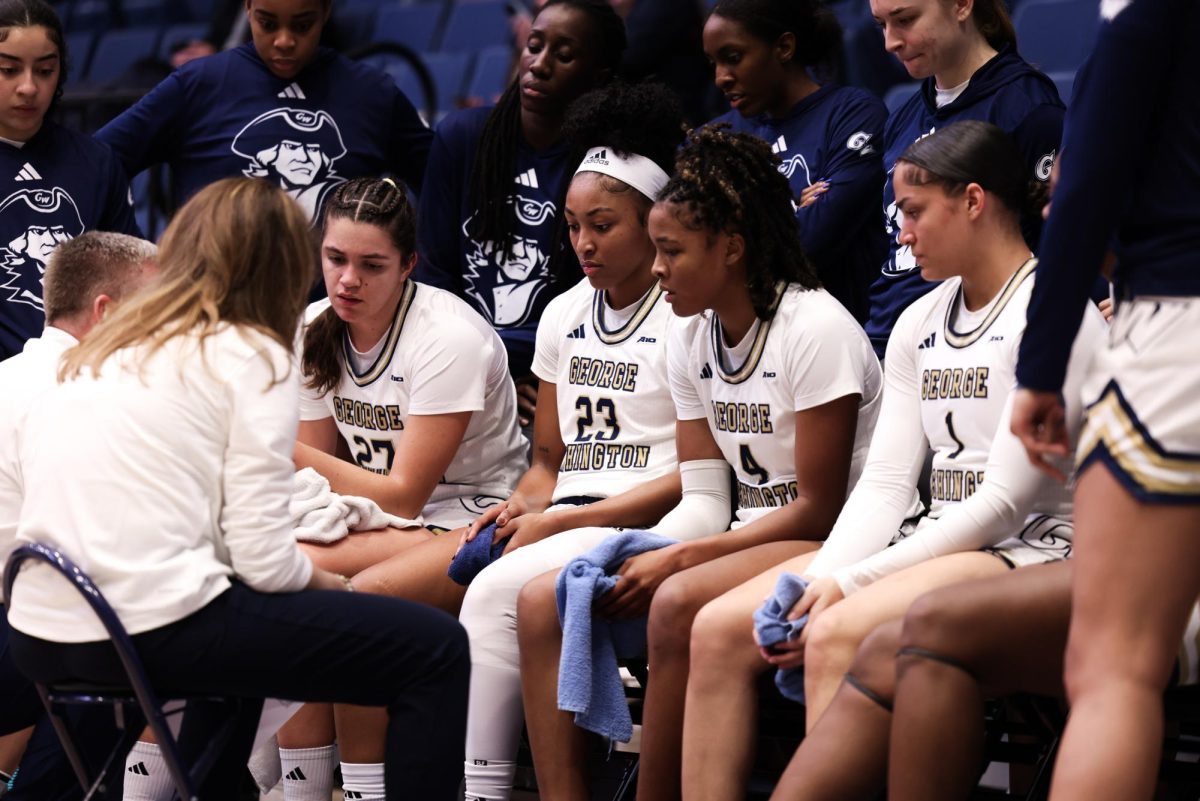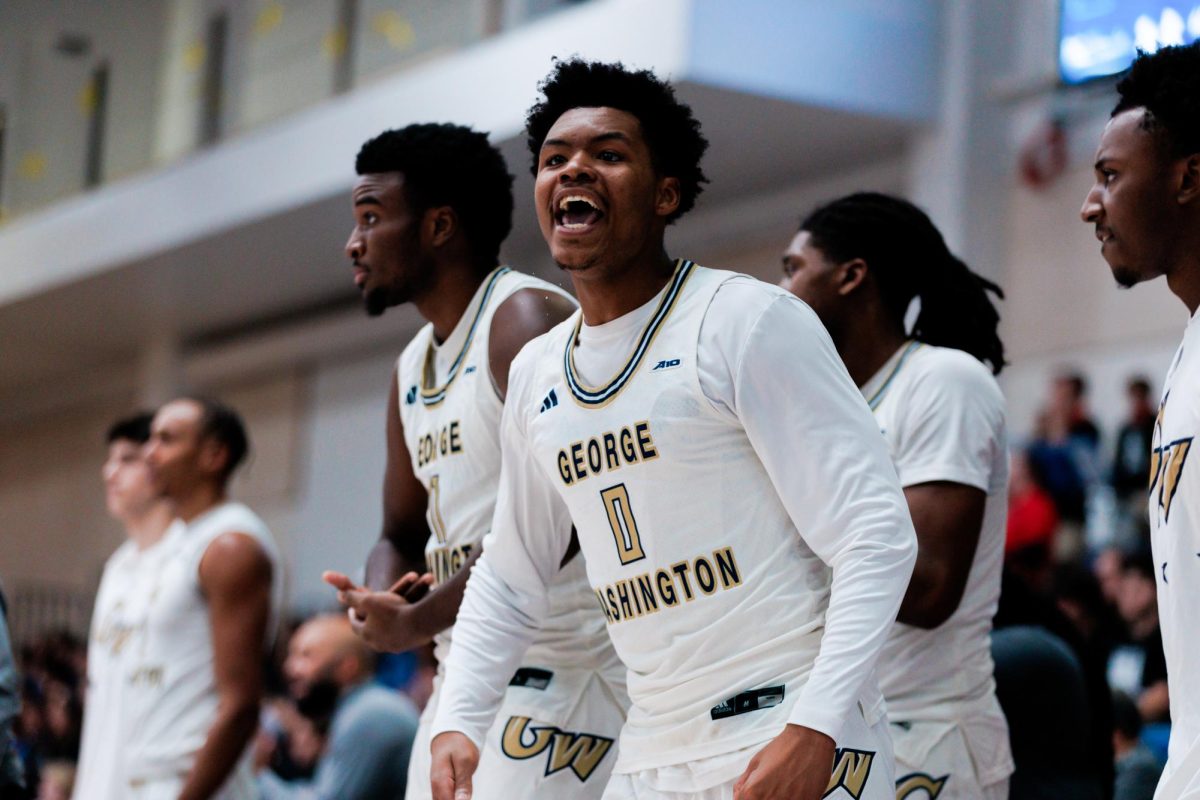First-year Division I varsity programs face many obstacles. They must recruit new players, find equipment and struggle against more experienced opponents. But few freshman squads share the GW men’s squash team’s problem – they can’t find suitable competition.
Head Coach Simon Harrington, a GW alumnus and former member of the GW 20-year-old club squash team, is leading the team in its transformation from a club sport to a Division I varsity sport. His team has already jumped from its preseason ranking of No. 34 to No. 25, making competition difficult to find.
“There are not many teams nearby, which is a very difficult obstacle for us. Many of the teams that we could play are all the way up in Boston and New York, which is a long way from GW,” Harrington said. “This season, we’re matched up against teams who are either far too good for us, or no competition at all. We just have to find that middle-ground.”
Four talented freshmen and two strong upperclassmen joined the former club team, led by senior captain Matt Navarro, a three-year club participant. Freshman Dhruv Singh from Jaipur, India, will play in the team’s number one spot, while freshmen Greg Vernick and Michael Greenwald, the No. 3 and 4 players in Massachusetts, will add depth.
“They’re all great guys with a very positive attitude, and the enormous skill and dedication is only getting better,” Greenwald said. “We hope to end the season as strong as we can, and even though we’ve already risen 11 spots, we’ll keep going.”
The men’s league, which is not included in the National Collegiate Athletic Association, grew from 36 to 40 teams this season, including the University of Virginia, the University of North Carolina and Duke. Because the league is not governed by the NCAA, the team faces other club teams in addition to Division I programs.
The team has already seen a variety of competition this season and split their first two meets, losing to No. 24 Rochester but beating a club team from Virginia.
The team’s next meet is Friday, Jan. 31 at Haverford College.
Unlike the men’s team, the newly-formed women’s club, which is governed by the NCAA, did not have a club program to build upon. Head Coach Sarah West’s team of nine women was formed from scratch, with only six players with previous experience in the sport .
“I’ve basically been giving them a crash course in squash, but it’s worked,” West said. “I have nine very natural athletes who are doing extremely well.”
First year graduate student Megan Morris is the oldest member of the team and will lead her young squad including freshman Jessica Marks, a former tennis player.
The women’s biggest obstacle will be their lack of experience. The team did not begin formally practicing until mid-November, and some key players have had trouble getting registered with the NCAA. Because schedules were already prepared when the team was first registered and assembled, practice times and matches will be limited this season.
The team has played two matches, losing the first to Bowdoin College and the second to the University of Pennsylvania. The team’s next competition is Saturday, Feb. 1 against Cornell University and the U.S. Naval Academy’s JV squad. Both the men’s and women’s teams play their home meets at Navy because zoning restrictions prevent them from competing at the Health and Wellness Center.
West said her team’s most recent opponents were experienced teams, and will be the most difficult competition that they will face this season.
“They are doing incredibly well considering the circumstances,” she said. “They lost decisively, but they were battling, they were in the match, and they held their own.”
Team members share West’s optimism for the rest of the season and are prepared to face whatever their opponents can dish out.
“We just want to have fun, play hard and learn the game,” sophomore Kimberly Brownstein said.
The men share the women’s optimism.
“The sky is the limit, and one of our main goals for the season is to get the University to understand the game and respect it,” Greenwald said.






